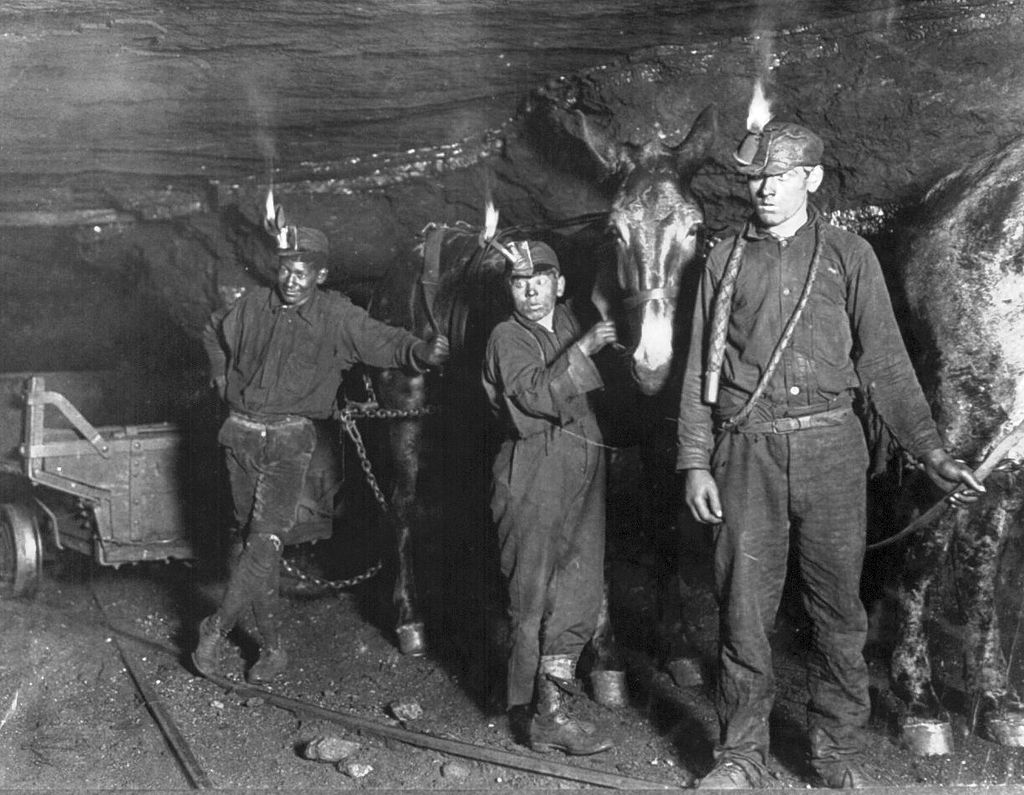For the solar industry, news that coal plants representing 15,600 MW of capacity will come offline in the next 12 years is a well-timed business opportunity.
In a report released today by SNL Energy, a subsidiary S&P Global Market Intelligence, most U.S. utilities say they will still close coal-fired generation plants to comply with current Environmental Protection Agency (EPA) regulations instead of waiting a promised dismantling of regulations under a President Donald J. Trump.
With prices for solar installations falling precipitously, storage technology improving the case for utility-scale solar development and easier financing options, the next 12 years could provide a boom for the industry as utilities scramble to replace the capacity of the retiring coal plants. In fact, enough coal-fired plants to generate 20.5 TWh of energy annually will come off the books in 2017 alone.
The report is sure to come as another crushing blow to coal-country voters, who in interview after interview during the recent election season that they believed Trump’s promise that he would bring coal jobs back to the United States — a promise he recently reiterated in his first address to the nation in a YouTube video.
But there is a glimmer of hope for the displaced coal miners — funds are currently in place to retrain them into the fastest-growing energy sector of the U.S. economy — solar.
The SNL analysis supports the idea, supported by a Harvard Business Review study, that coal miners could be retrained quickly to shift into the solar industry. Under President Obama’s Power+ Plan, U.S. coal regions would receive $1.1 billion in retraining and economic development funds — some of which could be used to ease miners’ transitions to the solar industry.
Two such training programs are already under way in West Virginia with the help of Quick Mount PV and Solar Energy International. Both are showing promising initial success — raising hopes that they could be replicated in the other 24 states that produce coal.
Utilities say the coal-fired plants — often built 60 years ago or more — can’t meet the current EPA emissions standards. Further, utilities don’t believe Trump could change the regulations fast enough to allow an alteration of the current schedule, saying changing the regulations isn’t as easy as the president-elect might think.
“It would take several months if not a year or more for the EPA to propose revisions, accept comment, review and respond to comments, and adopt the final language,” said Bonita Harris, a spokesperson for Dominion Virginia Power, in the report. “So a new administration couldn’t just change it easily.”
Update: This article was updated at 5:38 pm EST on 11/29/16 to correct the name of the companies running the training programs in West Virginia.

This content is protected by copyright and may not be reused. If you want to cooperate with us and would like to reuse some of our content, please contact: editors@pv-magazine.com.








By submitting this form you agree to pv magazine using your data for the purposes of publishing your comment.
Your personal data will only be disclosed or otherwise transmitted to third parties for the purposes of spam filtering or if this is necessary for technical maintenance of the website. Any other transfer to third parties will not take place unless this is justified on the basis of applicable data protection regulations or if pv magazine is legally obliged to do so.
You may revoke this consent at any time with effect for the future, in which case your personal data will be deleted immediately. Otherwise, your data will be deleted if pv magazine has processed your request or the purpose of data storage is fulfilled.
Further information on data privacy can be found in our Data Protection Policy.